Search
Did you mean: Science?
Search Results

Definition
Minoan Art
The art of the Minoan civilization of Bronze Age Crete (2000-1500 BCE) displays a love of animal, sea, and plant life, which was used to decorate frescoes and pottery and also inspired forms in jewellery, stone vessels, and sculpture. Minoan...
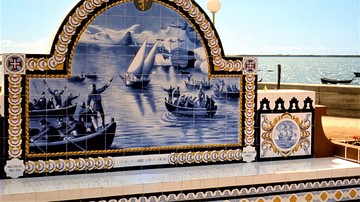
Article
Azulejos: The Visual Art of Portugal
Glazed blue ceramic tiles or azulejos are everywhere in Portugal. They decorate the winding streets of the capital, Lisbon. They cover the walls of train stations, restaurants, bars, public murals, and fountains, churches, and altar fronts...
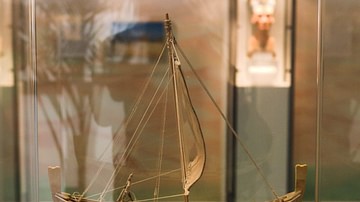
Definition
Uluburun Shipwreck
The Uluburun shipwreck is a Bronze Age vessel discovered lying off the coast of Kas, Turkey. The ship, probably originally from Phoenicia/Canaan, dates to between 1330 and 1300 BCE and was carrying a full cargo of trade goods, perhaps from...
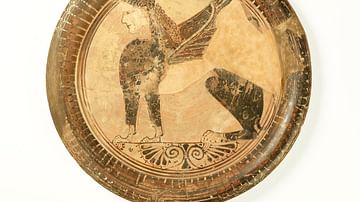
Definition
Naukratis
Naukratis (also spelled Naucratis, and known as Nokraji to the ancient Egyptians) was a city in Lower Egypt, located in the Canopic (or western) branch of the Nile delta, which became a powerful trading port between the Egyptians and the...
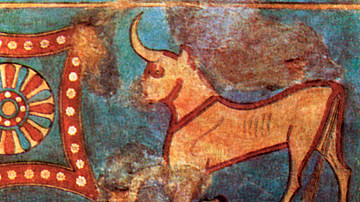
Definition
Urartu Art
The art produced by the Urartu civilization, which flourished in ancient Armenia, eastern Turkey, and northwestern Iran from the 9th to 6th century BCE, is best seen in bronze figurines of deities, bronze cauldrons with animal and goddess...
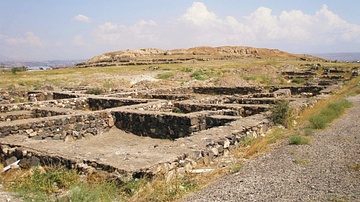
Definition
Teishebaini
Teishebaini (aka Tesebaini, modern Karmir-Blur, near Yerevan, Armenia) was an important fortress city of the Urartu civilization and excavations at the site, largely undisturbed since its abandonment c. 590 BCE, have provided an invaluable...
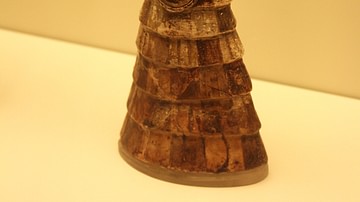
Image
Minoan Snake Goddess, Knossos.
Faience figurine of the Minoan Snake Goddess - her dominion was over nature and fertility. New-Palace period (1600 BCE). Heraklion Archaeological Museum, Crete.
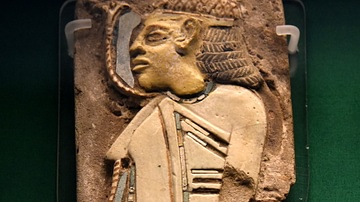
Image
Glazed Polychrome Tile from Tell el-Yahudieh
This decorative tile of glazed faience originally ornamented the walls of a palace of King Ramesses III at Tell e-Yahudieh in the Egyptian Delta. This (and other tiles) would once have been included in symbolic friezes illustrating Egypt's...
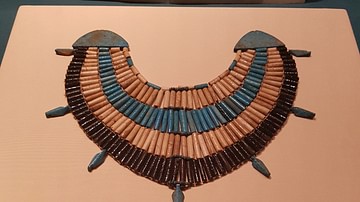
Image
Egyptian Broad Collar
Egyptian broad collar in faience. The broad collar is one of the most characteristic elements of ancient Egyptian jewellery. Called wesekh, which means 'the broad one', broad collars are often made up of different rows of beads. 11th Dynasty...
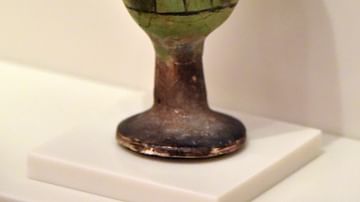
Image
Cup in the Shape of Lotus
Faience cup in the shape of a lotus blossom. From Egypt, precise provenance is unknown. New Kingdom, 1540-1290 BCE. (The Neues Museum, Berlin, Germany).